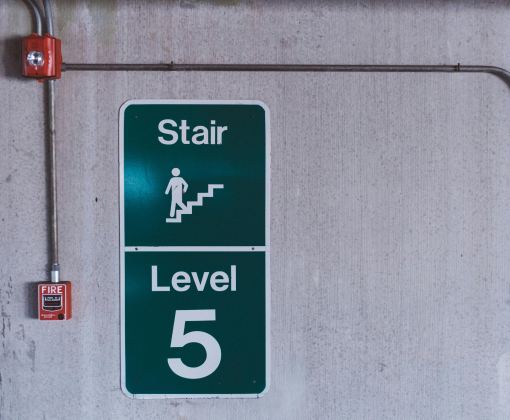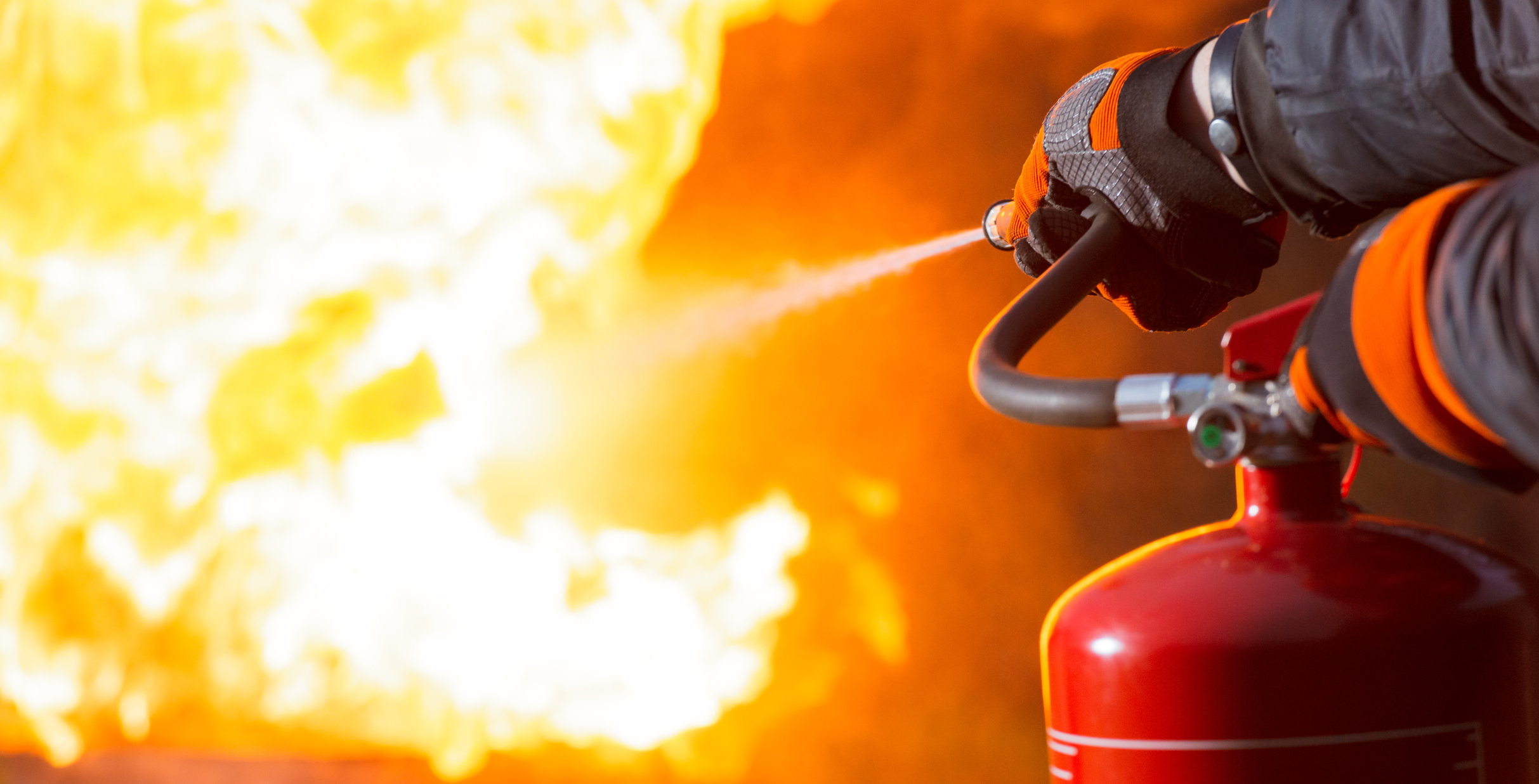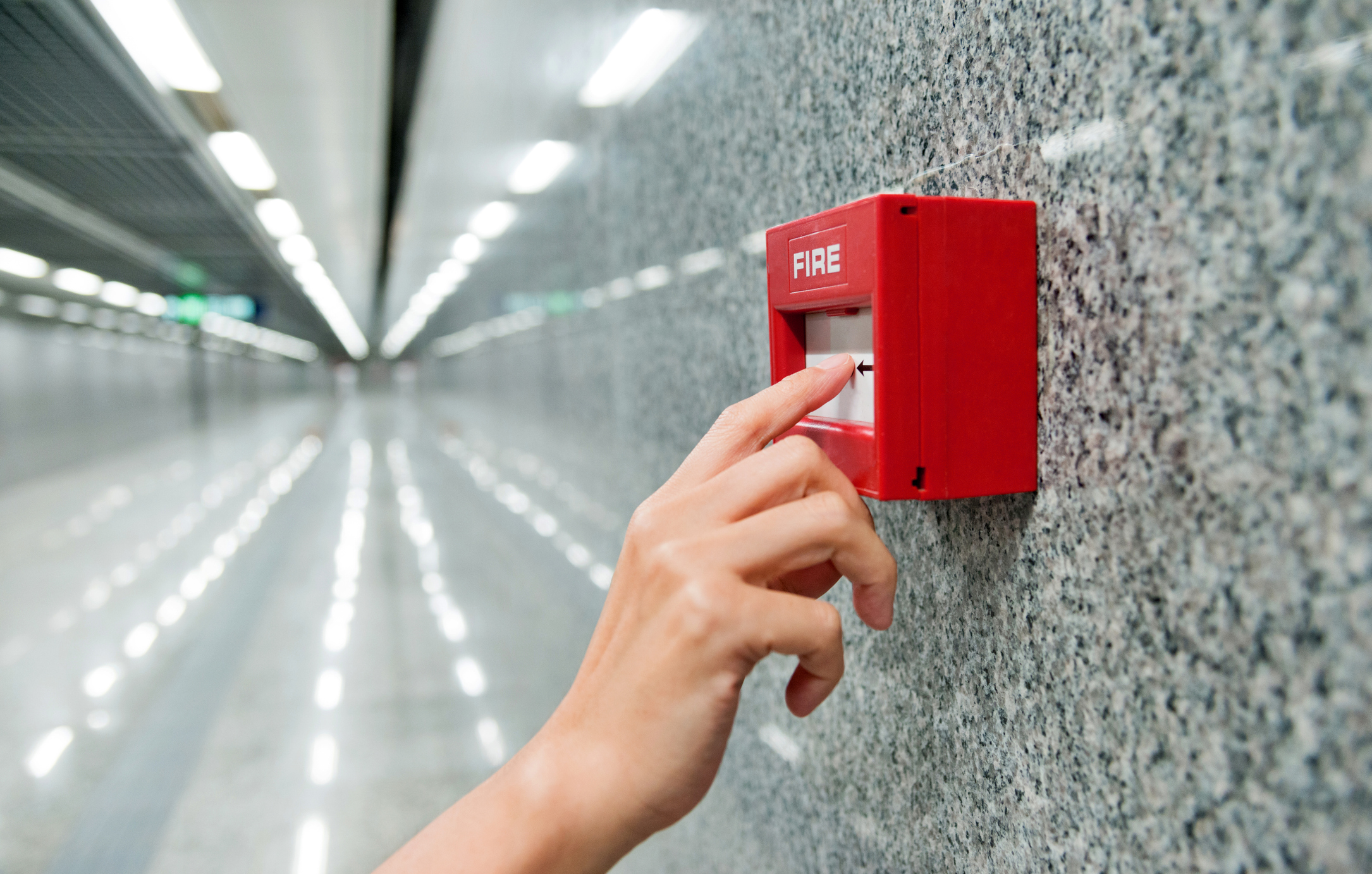
Fire Safety Signs Guide
Fire safety signs regulations
While most of us are familiar with fire exit signs, you should consult the two main pieces of fire safety legislation to find out which signs you require for your business.
The two categories are:
- The Regulation Reform (Fire Safety Order) 2005
- The Health & Safety (Safety Signs & Signals) Regulations 1996
Categories of fire safety signs
Fire safety information should be photo-luminescent, which means the signs glow. This should help occupants to make their way out of a premises or find suitable fire-fighting equipment in the event of a blaze.
The signs your business requires will depend on the nature of your business, the layout of the premises, and the fire-fighting equipment onsite. Your Fire Risk Assessment document should outline precisely which fire safety information you need. If you need more information on fire safety signs and symbols, or if you are wondering what information do fire safety signs give, we will provide a little more information about each fire safety sign category below:
Fire action notice signs
The purpose of a fire action notice is to make people aware of what they should do if they discover a fire. These signs are usually pre-printed, and contain spaces to fill in the following information:
- The phone number to call the Fire Brigade.
- The exit to use when leaving the building in the event of fire.
- Where the assembly point is located.
- Any other specific fire safety instructions relating to the building.
All commercial premises are required to have a fire action notice on display. It is good practice to display a fire action notice beside every fire alarm call point and exit door, as these locations are where the information is most likely to be seen.
Fire equipment signs
If a fire breaks out, it is crucial that occupants of the premises are aware of where they can find fire-fighting equipment. They should also be made aware of which equipment they should use, depending on the type of fire that has broken out.
This ensures fires can be dealt with while in the early stages. The vast majority of fires tackled with extinguishers are put out within two minutes. It is therefore important to be able to locate the right sort of extinguisher to fight the fire. This is critical to the safety of your premises.
Fire equipment signs come in a variety of formats, allowing you to choose one that suits the location of your fire extinguishers. These signs can be affixed to a wall, or attached to the stand which holds the extinguishers.
You may also need to provide fire safety signs for other equipment. For example, if you have hose reels or dry risers on your premises, these will need suitable signage.
Fire exit and door signs
If your commercial property has a simple layout, you might not need a fire exit sign. Fire exit signage is not mandatory if it is obvious where the exit is (for example, if there is just one entrance and exit in a small, one-storey property).
Fire exit signs are a necessity for more complex buildings. Your fire exit signs should be placed so that they help occupants to quickly, easily and safely find their way out of your building during a fire – even if they aren’t familiar with the layout of the property.
By law, all fire exit doors need a “fire door, keep shut” sign. These mandatory notices provide instruction to the people in your building. Depending on the amount of exits you have, you might also require instructions on how to operate a fire exit door. If a door opens automatically in the event of a fire alarm being triggered, you’ll need signage that states this.
Warning and prohibition signs
Warning signs are usually yellow and black, and most often triangular in shape. These signs are designed to alert occupants of any potential danger. For fire safety purposes, you will need fire warning signs if you have flammable substances on site, such as oil or gas.
Prohibition signs (such as ‘no smoking’) provide warnings for areas where there is a specific fire risk. These are often used in conjunction with warning signs. Sometimes, warning signs and prohibition signs can be combined into a singular fire safety notice.
What do the different fire safety sign colours mean?
- Red: Prohibition signs. These signs prevent actions which could be detrimental to safety.
- Yellow with black text/symbols: Warning signs. These signs provide information on potential risks.
- Blue: Mandatory signs: These signs signify actions or activities that are required to contribute towards safety.
- Green: Safe condition signs. These indicate exit routes in the event of an emergency.
- Red with white text/symbols: Fire equipment signs. These are used to indicate the location of fire-fighting equipment such as extinguishers or hoses.
Illumination of signs
It is a legal requirement for fire exit signage to have high visibility, even if the power in the building has failed. Illuminated fire exit signs are used to fulfil this requirement. Some of these signs are phosphorescent (glow in the dark), whereas others have a backup emergency lighting generation. Regulations stipulate that backup lighting should last for anywhere between one and three hours.




